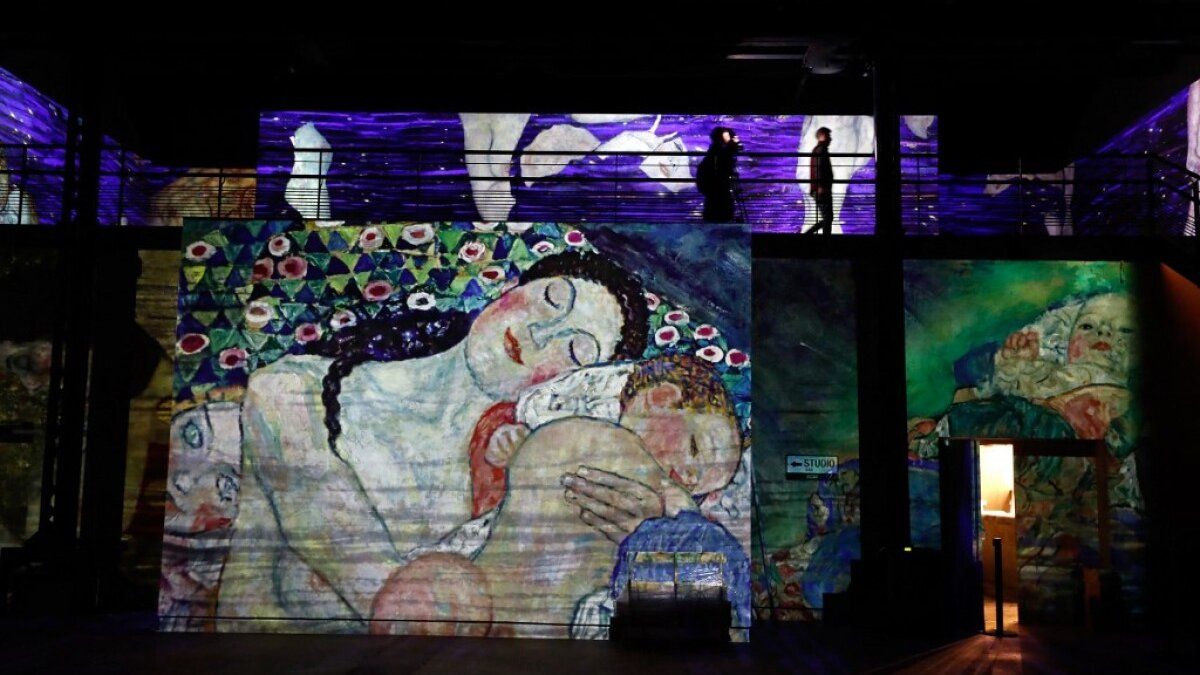“It is a first step (…) In public collections there are still looted works of art and books, which should never have been there,” said the French Minister of Culture, Roselyne Bachelotreported the AFP news agency.
In a measure, considered historical, it is the first time after the end of the War that “a Government takes measures to allow the restitution of works from public collections looted during the Second World War or acquired in a problematic way during the Occupation (of Nazism), due to anti-Semitic persecution,” Bachelot said.
For her part, Senator Beatrice Gosselia member of the culture, education and communication commission, indicated that the law will have “an important scope from the point of view of recognition and reparation” of the Holocaust, while indicating that the usurpation of works of art were part ” of the policy of annihilation of the Jews of Europe”.
In his statements he also recalled that the Vichy Regime, a Nazi collaborator and established by Marshal Philippe Pétain in part of France in 1940, collaborated “actively” with these crimes of anti-Semitic persecution.
Among the restitutions is “Roses under the trees” by Gustav Klimt, preserved in the Parisian Orsay Museum and the only work by the Austrian painter existing in the collections of France, which raised serious discussions and resistance about its possible return.
The painting was acquired by the French State in 1980 from a Swiss gallery, but investigations established that it belonged to the Austrian Nora Stiasny (1898-1942), who had to sell it in Vienna in August 1938 at a low price to survive -after the annexation of Vienna by Germany-, before being deported and murdered, reports AFP.
The other works are “Carrefour à Sannois” by French painter Maurice Utrillo, stolen from the home of art dealer Georges Bernheim by the German looting service (the Einsatzstab Reichsleiter Rosenberg in 1940).
Another of the works is “The Father” by Marc Chagall, which will be received by the heirs of David Cender -a Polish musician and luthier who moved to France in 1958- and is in the National Museum of Modern Art and exhibited in the Museum of Jewish Art and History. The story of how the work came to the French national collections in 1988 in payment of tax owed by the artist’s succession, is one of the examples of the complexity and diversity of each of the looting.
The Compensation Commission for Victims of Looting (CIVS), created in 1999, identified 13 of the rightful claimants of the 15 works.
The project contemplates the removal of the 15 works of art from public collections for their return, within a year, to their legitimate owners.
In turn, it is planned to advance in a “framework law” that will facilitate future restitutions in France, without requiring authorization from the legislative power on a case-by-case basis, as with this bill.
Two years ago, the French Ministry of Culture created a mission to investigate and restitute the property looted between 1933 and 1945.
According to the ministry, some 100,000 works of art were seized in France during World War II; 60,000 were found in Germany after the war and repatriated, and 45,000 were returned to their owners between 1945 and 1950, AFP and Le Monde reported.
Some 2,200 came under the custody of the museums, as works that could be returned with a simple administrative decision, however some 13,000 were sold by the State in the early 1950s, so many looted works ended up on the art market.
The issue of restitution was muted until the 1990s, with the fall of the Soviet Union and the end of the Cold War, and the opening of new archives. By 1995, then French President Jacques Chirac had acknowledged France’s responsibility for the deportation of French Jews.
Source: Ambito
David William is a talented author who has made a name for himself in the world of writing. He is a professional author who writes on a wide range of topics, from general interest to opinion news. David is currently working as a writer at 24 hours worlds where he brings his unique perspective and in-depth research to his articles, making them both informative and engaging.




